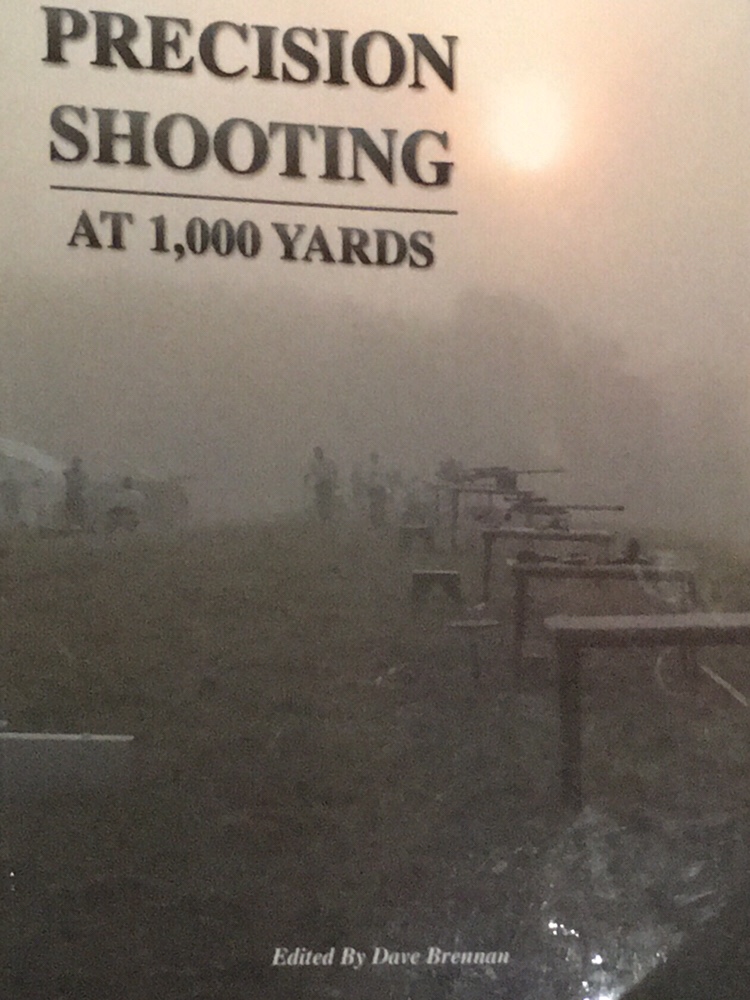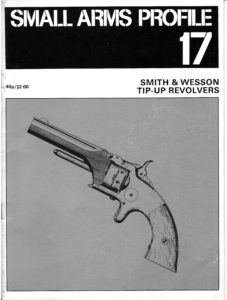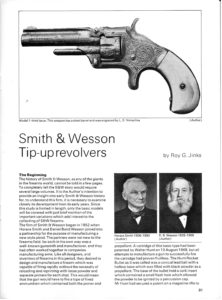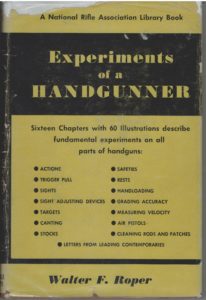Lawrence forwarded me a link to a website that looks interesting, and that I hope to be able to explore further in the near future: targetballs.com.
Yes, yes, I know: you didn’t know targets had balls. Ha ha, very funny. But seriously: targetballs.com is “the online presence of On Target!, The International Journal for Collectors of Target Balls”. “Target balls” being what exhibition shooters used in their demonstrations if they weren’t shooting live birds, and before the “clay pigeon” was introduced.
Quoth the “About” page:
These balls, similar in size and appearance to today’s glass Christmas tree ornaments, were the “only substitute ever invented for the living bird,” something that Annie Oakley is said to have had silk streamers stuffed inside, something that in one summer the Bohemian Glass Works (in New York City) was making at the rate of 1,250,000 over six months’ time, something Buffalo Bill Cody chased after on horseback, “old ladies” darned socks on and babies allegedly cut their teeth on — all according to an 1878 ad! In their heyday, target balls sold for a little over a penny each; today one ball has sold for as much as $28,500, although “common” balls, generally in amber or blue, can be acquired for as little as $100.
Of course, you can’t really talk about target balls without talking about the people who used them. Which is why On Target! tickles my fancy: I’m going to have to scrape up the bucks for a subscription and set of back issues.
====
Found at Half-Price Books a few days ago:

Precision Shooting at 1,000 Yards, edited by Dave Brennan. I’ve written before about the late and much lamented Precision Shooting magazine: I think I’ve also mentioned that there was a small press associated with it. I try to snap up books from that press whenever I find them, because:
- they’re usually jam-packed with information
- Even if they are old, the fundamental principles of accuracy don’t, and won’t change, barring some major revolution in arms technology (like caseless cartridges and electronic ignition systems, both of which have been ten years away for the 45 years I’ve been an avid person of the gun).
This is a collection of articles from the magazine. I paid $40 minus a 10% coupon for it, which is a little more than I usually like to spend on gun books. But asking prices for used copies on Amazon are in the $75 and up range, and the condition was good…
…and what made me pull the metaphorical trigger, so to speak, was the two-part article included in the volume, in which a small handful of eccentrics (and I mean that in the best possible way: I want to hang out with these guys) attempt to recreate Billy Dixon’s legendary long shot at the Second Battle of Adobe Walls in 1874.
Whodewhatnow? Billy Dixon was a buffalo hunter. He was part of a small group that was attacked by Comanches at Adobe Walls, Texas. They were besieged for the better part of three days (the Comanches initially intended to slaughter them in a sneak attack, but rolled a critical fail on initiative): on that third day, Mr. Dixon, encouraged by other members of the party, took a shot at a group of mounted Indians about 7/8ths of a mile away (remember, he was using an 1874 vintage Sharps rifle, with black powder cartridges, and no telescopic sight)…
…and knocked one of the warriors off his horse. The Comanches broke off the siege shortly afterwards.
For the rest of his life, Billy Dixon never claimed that the shot was anything other than a lucky one; his memoirs do not devote even a full paragraph to “the shot”.
(Side note: the Dixon memoirs are available from Project Gutenberg.)
(Side note 2: Mr. Dixon sounds like another person I’d love to have a few beers with. I love one of the things the authors of the Precision Shooting article say about him: to paraphrase, he didn’t hunt buffalo for the money, but because he loved long range shooting. Hunting buffalo was a great way to indulge that passion, and by the way make a few bucks on the side.)
Last time Mike the Musicologist was in Austin, this came up in discussion, though I disremember exactly how: I think we were discussing contemporary makers of falling block rifles, which led to a Google search, which led to me finding either this one or this one.
One other thing I find intriguing about this article: the shooters used rifles and bullets as close to Dixon’s as you could get at the time of their experiment, but used a modern smokeless black powder substitute instead of actual black power. Their reasoning for this:
What many modern shooters might not know is that black powder was, in that era, as highly developed as today’s best smokeless powders. Produced in England, Curtis & Harvey’s Diamond Grade was the world’s best, likely because of a superior charcoal root stock and extended blending time. As folklore had it, their charcoal came from a certain type of willow tree that grew only in one locale. Further, C&H could afford to prolong the blending operation because they could get a premium price for the superior product they produced. Serous target shooters widely acclaimed Kentucky Rifle from a United States producer, Hazards, as the best alternative choice but, nonetheless, a second-best choice. Behind these two premier powders came an entire plethora of brands, manufactured in various places around the world.
The author goes on to note that, if there was sufficient demand, someone somewhere would be turning out super-high-grade black powder today. But there isn’t enough demand, so the quality smokeless BP substitutes seem like a good choice for consistent results.
This casts a new light for me on a quote of the day I highlighted a while back from another buffalo hunter: “…by then I had begun to use the English powder…and it added 10 to 30 percent efficiency to my shooting.” I suspect this might have been a reference to the C&H product. Sadly, the Mayer book does not appear to be on Gutenberg, so I haven’t been able to confirm this.



